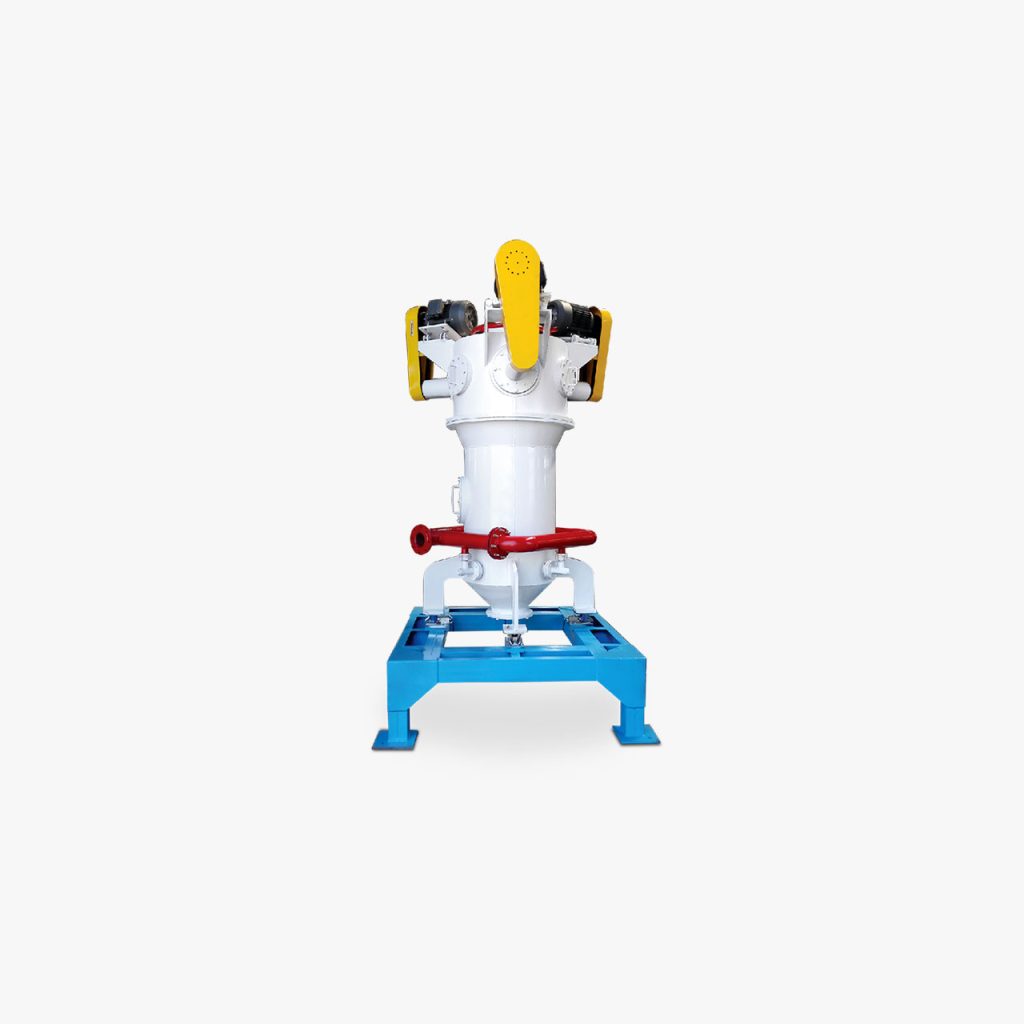Fine grinding of high value-added powders

In today’s high-tech environment, almost all products are facing higher standards and requirements. Most products are in some form of powder, such as powder and liquid (paste or slurry), powder and gas (aerosol), powder and powder (mixed powder or filled polymer). As a result, powder handling technology has become a key must-have for many materials producers.
Methods for producing fine particles can be achieved through chemical reactions, phase changes, or mechanical forces such as grinding.
Advanced ceramic raw materials, electronic ceramic raw materials, photovoltaic cell materials, quartz minerals and other medium and high hardness mineral materials have high hardness, high anti-pollution requirements, high powder fineness, and concentrated particle size distribution, which is a major problem in the grinding and classification process.
Dry and wet methods are the two most common and effective methods of comminution. Traditionally, airflow mills are generally used for dry grinding and classification, or wet sand mills are used for grinding and then dehydration, drying and depolymerization. The former process consumes high energy, while the latter process is complex.
At present, ultrafine pulverization equipment can be divided into two categories: mechanical type and air flow type according to its working principle. The mechanical type is divided into ball mill, impact micro pulverizer, colloid mill and ultrasonic pulverizer. Compared with ordinary mechanical superfine pulverization, jet pulverization can pulverize materials very finely, and the particle size is more uniform. Because the gas expands at the nozzle to cool down, the pulverization process does not generate heat, so the pulverization temperature rise is very low. This feature is especially important for ultrafine pulverization of low melting point and heat sensitive materials. Its disadvantage is that it consumes a lot of energy, which is generally considered to be several times higher than other crushing methods.
Ultrafine pulverization technology is widely used in the food industry. For example, by-products after processing agricultural products (such as wheat bran, oatmeal peels, apple peels, etc.) are rich in vitamins and trace elements. Because the fineness of conventionally crushed fibers affects the taste of the food, it is difficult for consumers to accept them. The use of ultra-fine grinding technology can significantly improve the taste and absorbability of fiber foods through micronization of fiber, thereby making full use of food resources and increasing the nutrition of food. After the vegetables are ultrafinely pulverized at low temperature, all nutrients are preserved, and the cellulose is micronized and increased in water solubility, resulting in a better taste. After the tea leaves are pulverized, it is more beneficial to the protein, carbohydrates, carotene and part of the tea leaves. Mineral absorption.
